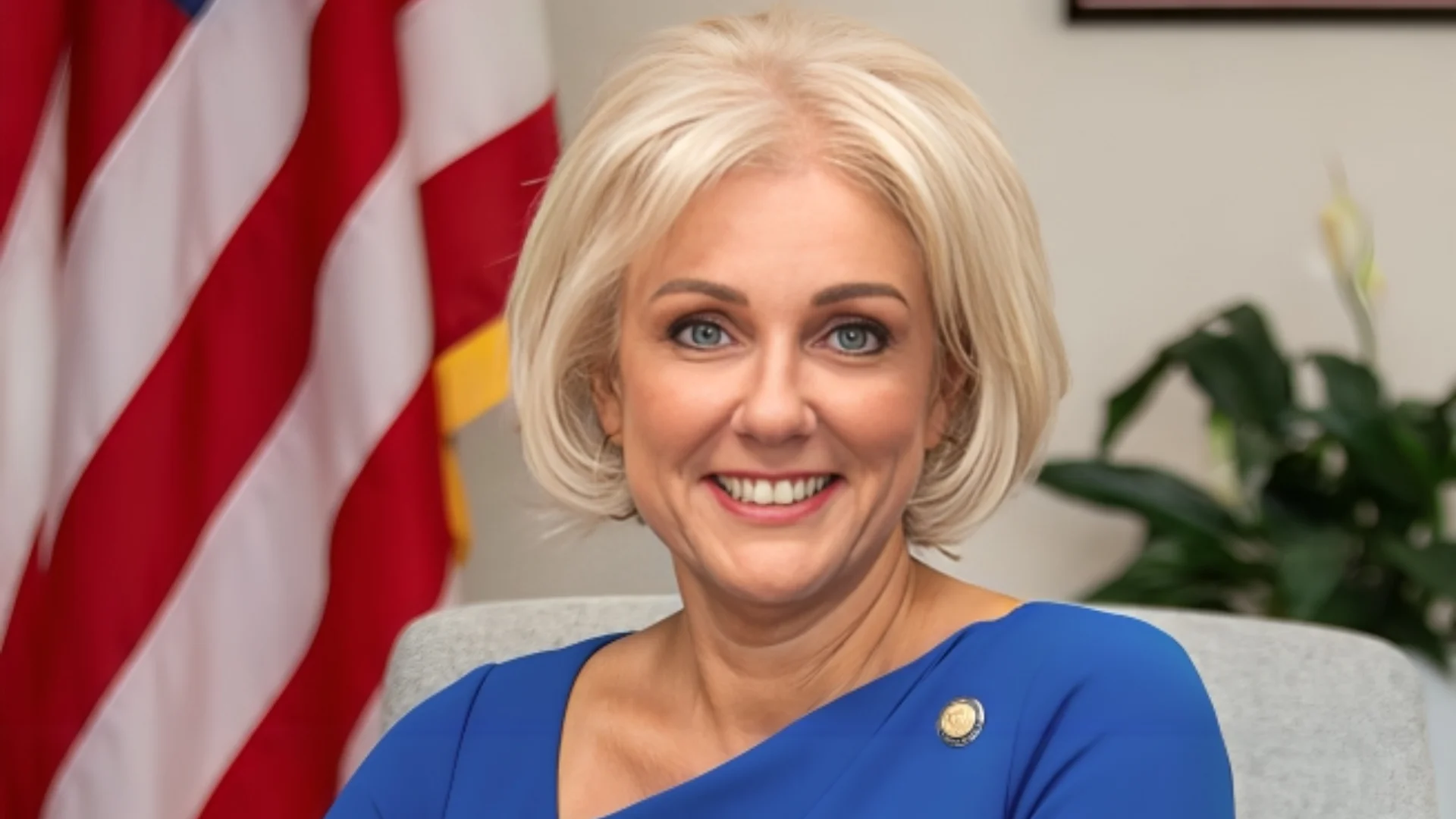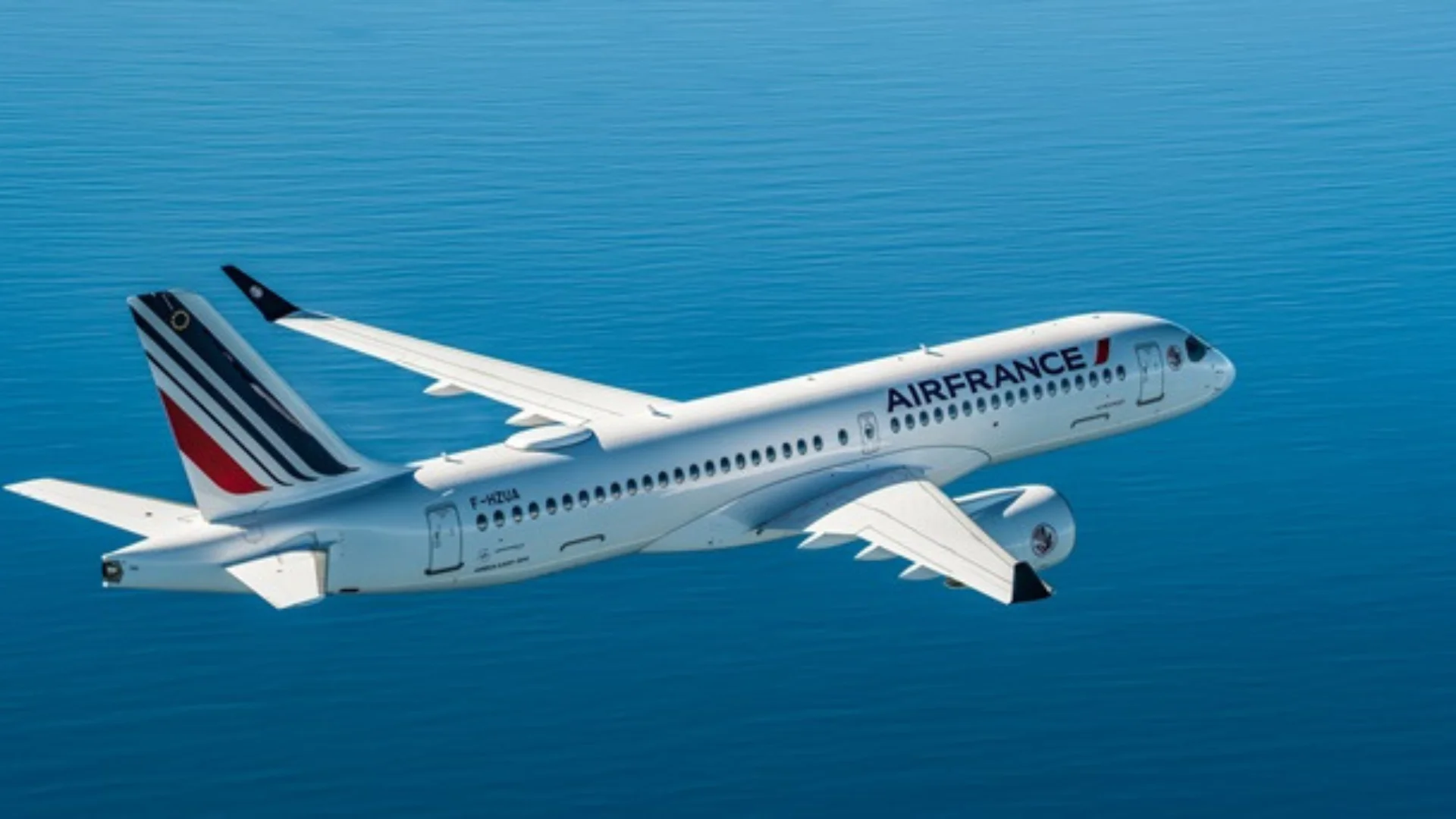The Boeing 737, a popular commercial aircraft, has seen nearly 12,000 units built since its introduction in 1967. Over the years, the aircraft has evolved through different variants powered by four main types of engines.
The Boeing 737 family is divided into four sub-families: Original, Classic, Next Generation (NG), and MAX. Each sub-family represents advancements in technology and design. The Original series includes the 737-100 and 737-200 models, with the latter being more successful in sales. This was followed by the Classic series in the 1980s, which included models such as the 737-300, -400, and -500. These models improved on capacity and range.
The Next Generation series emerged amid increasing competition from Airbus and consisted of models like the 737-600 to -900. It was succeeded by the MAX family in the mid-2010s, which features certified variants like MAX 8 and MAX 9.
 Alerts Sign-up
Alerts Sign-up





































